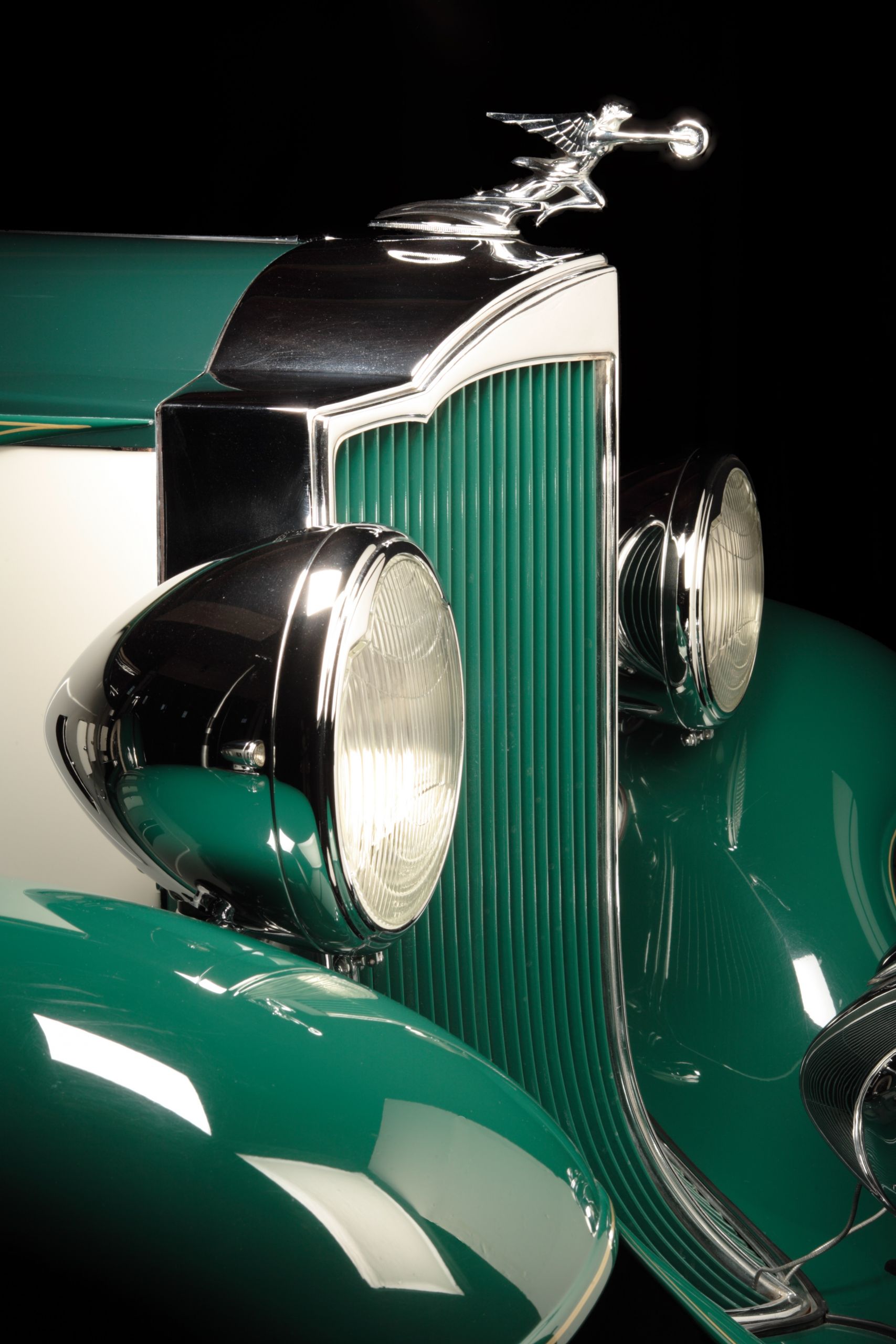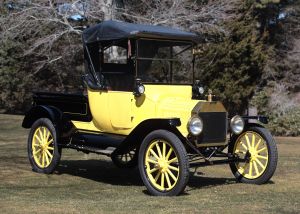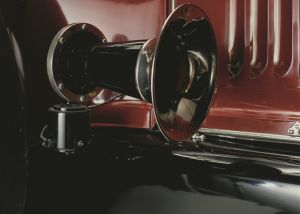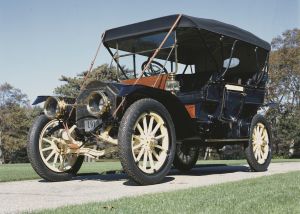1932 Packard 900M Coupe Roadster
 Luxury automakers experienced sharply declining sales during the Great Depression. To counter this trend, Packard introduced the “Light Eight” series. Their goal was to offer a lower-priced model that might sell during difficult times. The series failed, however, because Packard couldn’t figure out how to build a cheaper car. Instead they built a smaller car that was still expensive. The company priced the car so they lost money on each one, hoping that future sales would make up their losses. This model series was produced for less than a year, selling only 6,750 autos.
Luxury automakers experienced sharply declining sales during the Great Depression. To counter this trend, Packard introduced the “Light Eight” series. Their goal was to offer a lower-priced model that might sell during difficult times. The series failed, however, because Packard couldn’t figure out how to build a cheaper car. Instead they built a smaller car that was still expensive. The company priced the car so they lost money on each one, hoping that future sales would make up their losses. This model series was produced for less than a year, selling only 6,750 autos.
The “Light Eight” cars did succeed as a styling exercise for the body designers. Many of the new features included on this car ended up being used on future Packards. This automobile is equipped with adjustable ride control via a single knob located under the dashboard; the shock absorbers could be adjusted for a variety of loads and road conditions from the comfort of the driver’s seat!
Generous gift of Herbert and Pamela Pheeney
More from our automobile collection:
In our current exhibit, From Carriage to Classic: How Automobiles Transformed America, we present the origin story of the American automobile through 23 cars from Heritage’s permanent collection of antique and classic automobiles. Come along for a ride from the late 1800s to the 1960s and watch the car evolve from a horseless carriage to a streamlined symbol of freedom and independence.













